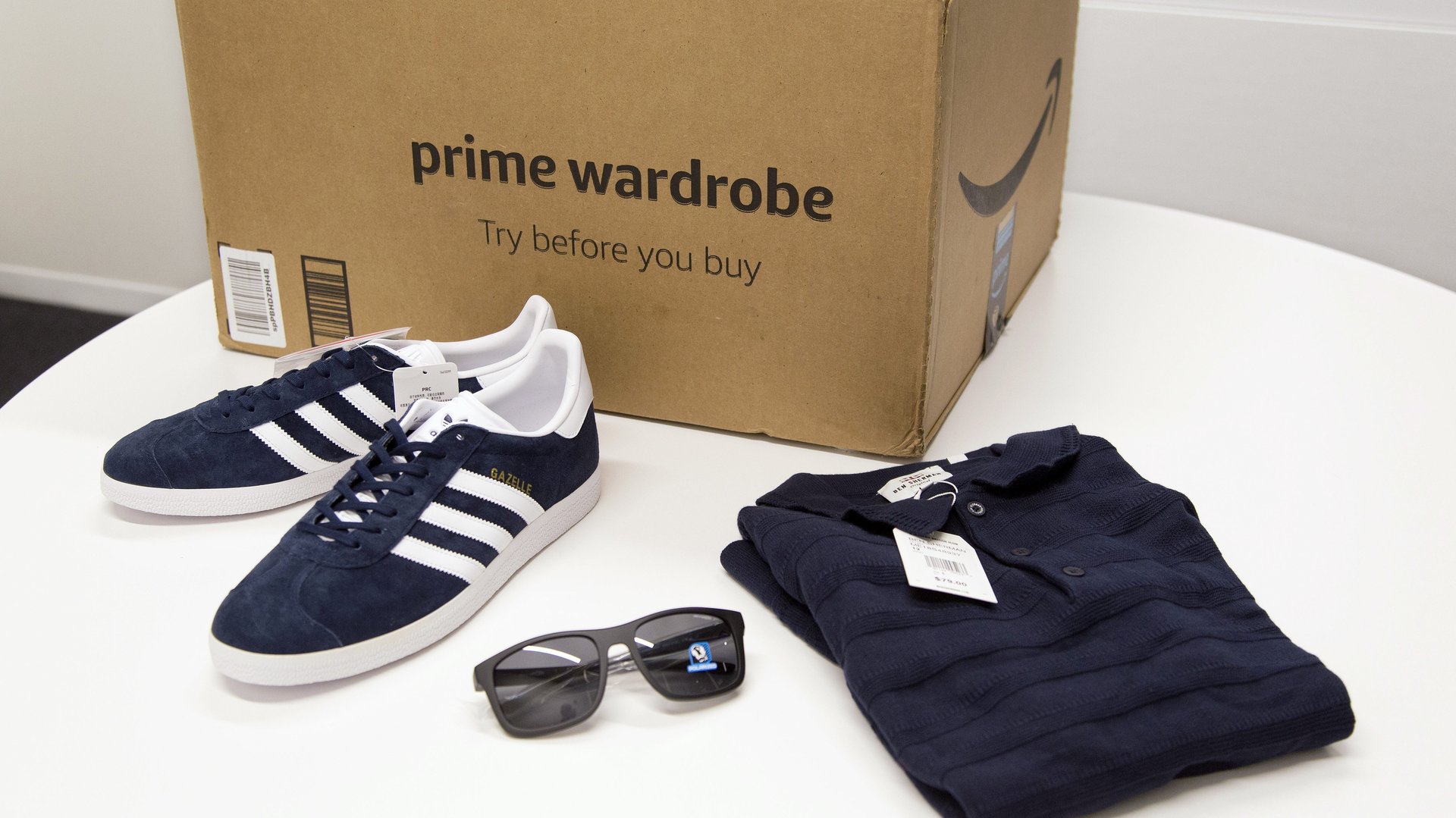Who does Amazon help the most?
Amazon’s leadership thinks politicians have a “misguided understanding of retail” due to their personal experience, according to a recent New Yorker article on the movement to regulate the e-commerce behemoth. Since politicians, their aides, and political journalists are more likely to buy things online, they think Amazon is more hegemonic than it really is, the New Yorker reports. Research on who spends money online suggests they may have a point.


Amazon’s leadership thinks politicians have a “misguided understanding of retail” due to their personal experience, according to a recent New Yorker article on the movement to regulate the e-commerce behemoth. Since politicians, their aides, and political journalists are more likely to buy things online, they think Amazon is more hegemonic than it really is, the New Yorker reports. Research on who spends money online suggests they may have a point.
Amazon changed the way Americans shop. Since its creation in 1995, the share of retail sales made online has gone from almost nothing to over 10%. Amazon accounts for almost 40% of e-commerce in the US, with eBay, Apple, and Walmart the next-biggest sellers, all with less than 10% of the market. Although Amazon is criticized for its competitive practices and the decline of “Main Street” retail, there is plenty of evidence that Amazon has also reduced prices and boosted product choice.
A research paper released in 2019 by economists at Stanford University and the payment company Visa found that in 2017, the option to make purchases from Amazon and other e-commerce sites made US consumers about 1% better off—a bump worth more than $1,000 in extra consumption per household. They estimate that about half of this gain came from the convenience and cost savings of not visiting a store, and the other half to the increased variety of goods on offer.
These estimates were possible thanks to an incredibly detailed dataset. Researchers had access to every US transaction using the Visa network from 2007 to 2017, a total of nearly 36 billion transactions. Using this massive trove of data, they could see how often people chose to buy online when there were equivalent options available nearby. Their calculation of the benefits of e-commerce are based on these choices.
In addition to knowing how much people benefit, they are also able to see who uses e-commerce. It varies greatly. The people most likely to spend money online are richer and more urban. In 2017, researchers estimate that households with annual incomes of less than $50,000 made 3.4% of their spending online compared with 9.7% of those who made $50,000 or more. This makes sense as lower-income Americans are less likely to have computers, smartphones and wireless internet. The poor are also less likely to have bank accounts (pdf), which are needed to make purchases online.
In terms of geography, people who lived in counties with below-average population density spent 5.7% online versus 9.9% for people in counties where the density was above average. This may seem surprising, given that the convenience of not visiting a faraway store is greater for rural households. Yet rural areas tend to be poorer and less educated than urban ones, and thus less likely to take advantage of online options. However, rural residents may have easier access to Walmart or Costco superstores, some of the few retail outlets that compete with Amazon on price.
As a result of who takes advantage of online shopping, e-commerce seems to be exacerbating inequality. Both the rich and poor benefit from cheaper products and more choice, but the rich and urban are taking greater advantage.
Is this a problem? Liran Einav, an economist and one of the authors of the Stanford/Visa study, says he isn’t so sure. Sometimes new products are particularly useful for those with more money, and that’s okay. For example, when planes get nicer, that mostly helps higher-income people, but there isn’t much wrong with that, he says. Still, Einav thinks the benefits of e-commerce could be shared more broadly if more of the poor were banked. Improving internet access in rural areas is also important, to this end; reliable wifi could reveal that rural residents are just as enthusiastic about online shopping as their city-dwelling counterparts.